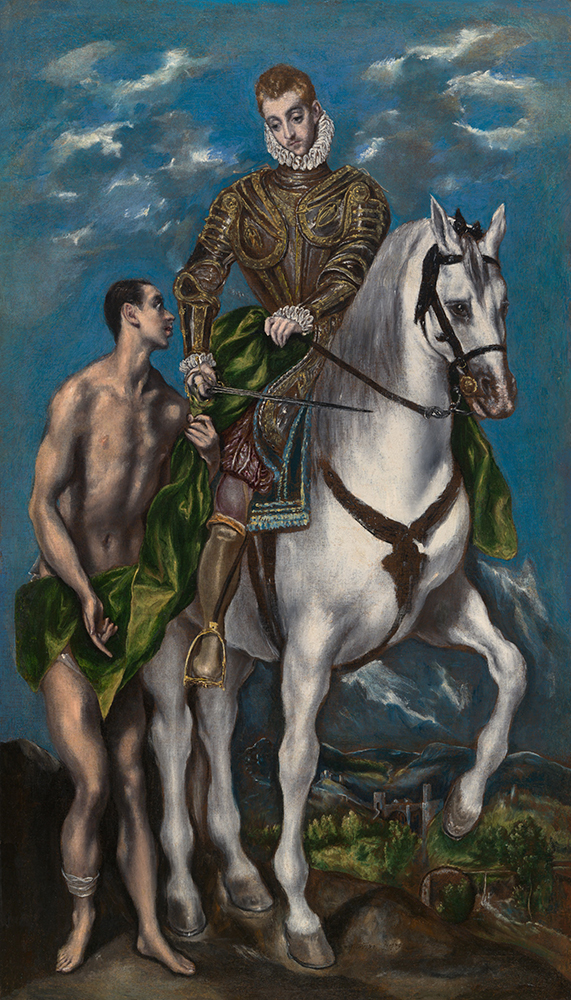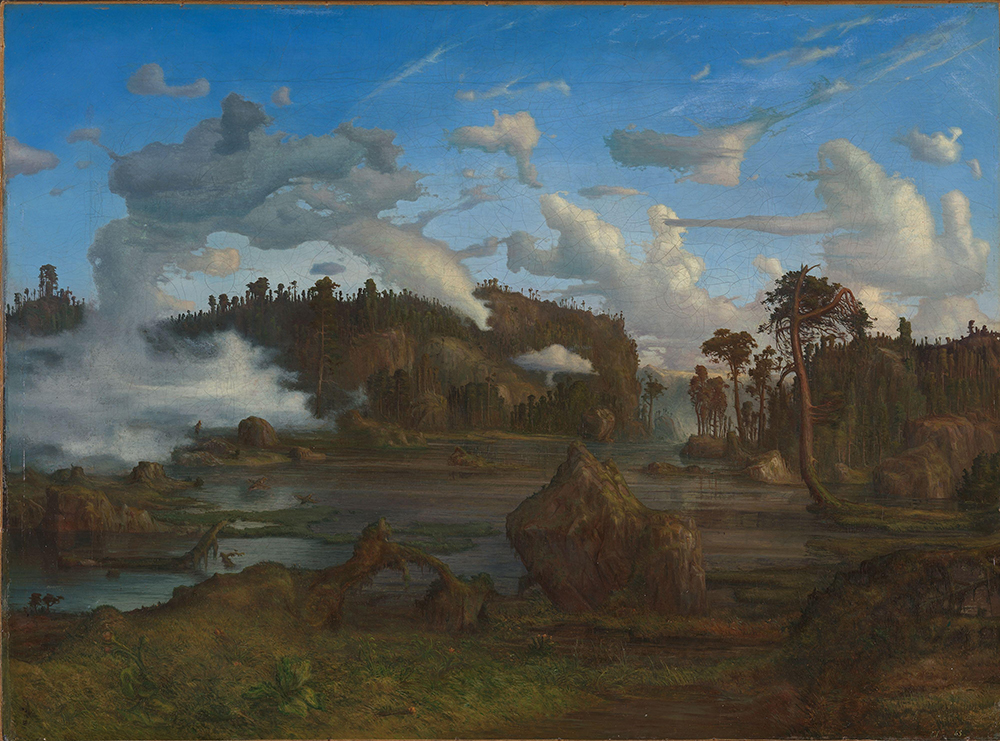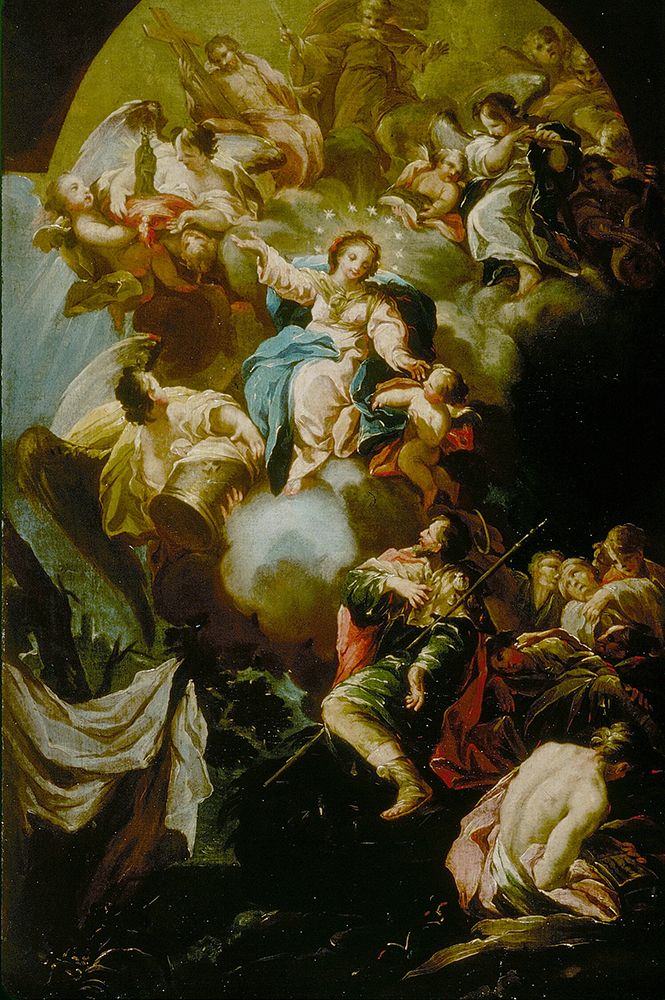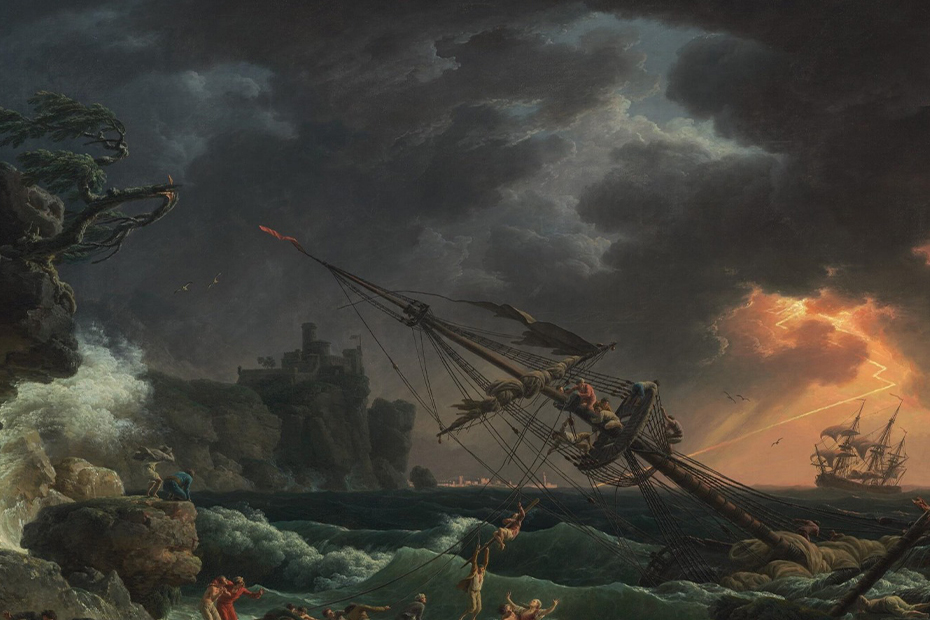Art museums have historically been the only way to view masterpieces, but now, Vieunite’s Textura canvas allows you to live with some of the world’s most famous artworks in your home. In this article, I share our approach to researching and uncovering the best and most remarkable work, as well as how we make that work discoverable to you.
Vieunite’s app offers an extensive library of curated high-quality images covering Western art history. You can discover collections showcasing various art forms, including medieval altarpieces, Renaissance portraits, Impressionist landscapes, and more through our art historical knowledge. And because we take a broader cultural view and have expertise in archival research, Vieunite enables you to unearth lesser-known, niche works that represent some of the most fascinating gems of art history.

Telling the Story of Art
Artworks and artists have a story that develops over time. Today’s obscure artist could become tomorrow’s star. For example, the later Renaissance master El Greco – now a household name – was once almost forgotten due to his ill-judged slander of Michelangelo’s talent (you can learn more about this episode and his rehabilitation in our recent YouTube video). Everyone involved in the art world contributes to shaping the meaning of art. At Vieunite, we research and curate this information and share these stories on our YouTube and Instagram channels so that you can discover the heritage of the image and its journey alongside the artwork itself.
We will soon add some fantastic works from the Nasjonalmuseet collection in Oslo, Norway. As Cultural Director, I am excited to share the extraordinary artwork of Lars Hertervig. I learned of this artist thanks to the work of a Norwegian novelist, Jon Fosse (recently awarded the Nobel Prize for Literature).

In 1995, Fosse wrote ‘Melancholy’, a fictionalised account of a crisis in Hertervig’s life, when his career took a dramatic turn during his studies in Düsseldorf in the 1850s, which led to his admission to a Norwegian asylum. On his release as “untreatable,” Hertervig lived in poverty, creating paintings on homemade paper. After his death, his art slowly gained recognition, thanks to figures like Jon Fosse, and Hertervig’s status as an artist grew.
This is an example of what it means for an artwork’s story to develop over time. When we present Hertervig’s work through Vieunite, we will showcase the captivating images and tell the story of this exceptional talent.
Cataloguing the Vieunite Library
Vieunite values the role of museums in preserving cultural heritage and respects copyrights. Our library is available through legal agreements with museums or through using work that has been released into the public domain. We only work with licensed images or those clearly labelled as free to use by the museum that houses the work.
Images must be cropped and displayed respectfully to retain their originality. Art experts categorise each artwork with medium, date, and artist details. The subject matter is described with tags added for searchability. The final stage is to describe the artwork’s style and movement, balancing accuracy with pedantry. Too much specialist information can be unhelpful.
For instance, Baroque art and architecture, prevalent in Western Europe from the early 17th century to the 1750s, is characterised by grandeur, sensuous richness, drama, and dynamic composition. Look for Antonio González Velásquez’s ‘Saint Jame’s Vision of the Virgin of the Pillar’ in the Vieunite library for a Baroque example. However, artistic periods are imprecise, and within the Baroque period, some works are more accurately described as tenebrist, like Rembrandt van Rijn’s ‘Philemon and Baucis’, which are dark and have little discernible form in the shadow. The problem is that ‘tenebrist’ is not a widely understood term. For this reason, it is not one that we use. So, we try to ensure that there is always an easy route to discovery.
To do this effectively, we use a combination of descriptive information. The first stage is to add tags based on empirical data such as authorship, material, location, and creation date. The creation date determines a unique identification called the ‘Period’. At a very high level, these five tags describe more than 1500 years of Western art history: Medieval, Renaissance, Baroque, Neoclassical, Modern, and Contemporary. Each artwork is then given a single term to describe its main style. Finally, other tags are added that describe any alternative style that the artwork might resemble, the subject matter of the painting and so forth.

Take the example of Antonio González Velásquez’s painting ‘Saint James’s Vision of the Virgin of the Pillar’, created between 1750 and 1755. This falls into the Neoclassical Period based on our library’s cataloguing rules. However, since it expresses the Baroque style and is an example of the ‘Spanish Baroque’, we tag it based on its movement and theme. So, in this case, the painting has the following tags:
- Period: Neoclassical – (based purely on date)
- Primary Style: Baroque – (based on our expert judgement)
- Secondary Styles: Spanish Baroque (this is not a Primary Style because, like ‘tenebrist’, it is not a day-to-day word)
- Descriptive Tags: Religious, Angels, Saints
Through this approach, we hope that our library serves our twin aims of being art historically accurate and easy to use.
The Future of the Vieunite Library
We are just beginning our project to deliver the best art experience in your home. Vieunite is based in the United Kingdom, and our starting point is the canon of Western art from the Medieval period to the present day. But the art world is as large as the world itself – and as we grow, we are working to bring other stories of art to the library.
This growth happens on the strength of the many unique collections of art worldwide and the centuries of collective, specialist effort in preserving and understanding our shared culture. As a responsible company, we respect all intellectual property rights. Through partnering with museums, galleries and other institutions, our collaboration provides essential income. The library’s work helps promote collections worldwide and encourages cultural tourism. In this way, our digital platform complements physical operations and supports the charitable aims of our partner institutions. And along the way, we aim to bring the full experience and story of art to you, in your home.

Benedict is Vieunite’s Cultural Director and a lecturer at Nottingham Trent University.
